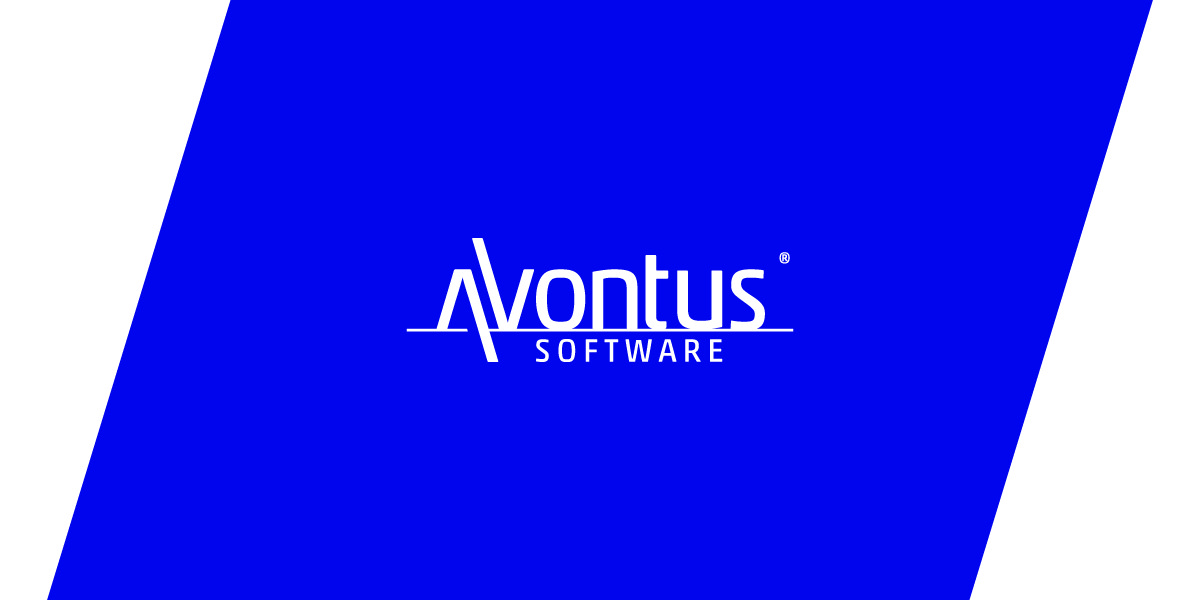Free Manufacturers’ Catalogs in Avontus Designer Unlock Efficiency
In scaffolding design, achieving accurate and efficient project outcomes relies on using the right tools and resources. With Avontus Designer®,… Read More

The benefits of technology for businesses are obvious: greater efficiency, improved accuracy, and improved communication, just to name a few. However, some industries have been slower to adopt digital solutions because they’ve relied on manual processes for years. Why take the risk of change when something is already working well enough?
Until recently, this resistance to change was common in the scaffolding industry. But over the last decade, more businesses have implemented scaffolding technology and reaped the benefits: synchronizing work across locations, speeding up and improving the design process, and making work safer for everyone.
We’ve done extensive research on how scaffolding technology implementation is benefiting businesses like yours around the world. These are just some of the improvements they’ve experienced.
Using scaffolding technology solutions in businesses improves the quality of services in many aspects. Inventory management software like Avontus QuantifyⓇ helps scaffolding businesses keep track of materials across construction sites. This not only prevents loss and overbuying but also ensures equipment is in the right place at the right time.
Scaffolding design software like Avontus DesignerⓇ helps companies provide visualization to customers and allows designers to spot any flaws or safety issues in the design immediately. Design software reduces the risk of miscommunication or costly rework. It also accounts for materials needed to complete the design, so you can give more accurate estimates to customers.
The majority of respondents in our survey of Avontus QuantifyⓇ and DesignerⓇ users saw an improvement in quality of services after implementing scaffolding management software solutions in their businesses.

Obviously, better quality of services means a more competitive company. Improved services attract a larger client base and increase the likelihood of winning bids, especially when incorporating augmented reality (AR) or virtual reality (VR) capabilities for enhanced visualization.
Hand-drawn sketches are becoming a thing of the past, as more and more scaffolding companies see the benefits of 3D and automatic drawings. Changes can be made quicker when the client has a clear and detailed visual of a scaffold design, reducing delays and unnecessary rework.
According to The State of Scaffolding Technologies 2020, successful contractors rely on scaffolding design software to speed up the planning process: “Leveraging the capabilities of 3D scaffold modeling, they are able to communicate the critical construction components with high precision for safe erection, ensure accurate material counting for competitive quotes, and reduce rework with better as-built drawings.”
Thus, scaffolding-specific design software is rising in popularity, offering ease of use and more purpose-built features for scaffolding components.
In our research, among those who use Avontus Designer, most reported that the software gives them more versatility when it comes to scaffolding design changes. And, easier changes means users can spend less time on revising and more time with other customers.

Safety has never been more important for the scaffolding industry, with life-saving regulations becoming more stringent. Tighter regulations have resulted in fewer accidents, but compliance can be a challenge without the use of technology.
The State of Technologies 2020 report states that “changes to the design can affect the safety of scaffold users, especially when you need to modify drawings, materials specifications, and other critical construction documents.”
Being overly reliant on pen and paper causes a disconnect between scaffold erectors and users, as crews don’t have clear visibility into the material list when changes happen. Furthermore, changes in scope or fall-protection plans create safety hazards when they’re done at the last minute.
Safety is a priority for many scaffolding companies when considering new technologies. For example, they need design software with detailed visualization capabilities to ensure all specifications are met. According to our research, Avontus Designer has helped a large percentage of companies achieve compliance.

With technology implementation, scaffolding businesses have seen improvements across their operations, from quality of services to safety compliance.
Scaffolding management software like Avontus Quantify and Avontus Designer enables you to track inventory, design faster, and keep customers and workers aligned. It reduces the risk of rework and lessens the potential for human error, so projects can be completed safely and more efficiently.
If you’re considering implementing scaffolding management software solutions in your business, it’s best to choose software developed specifically for the industry. Check out Avontus Quantify and Avontus Designer today!